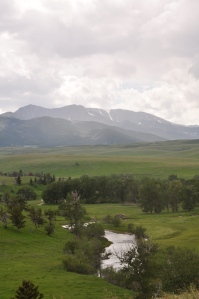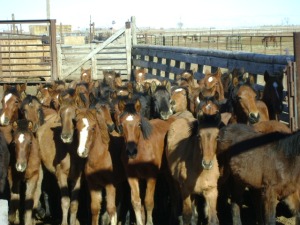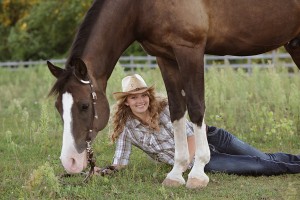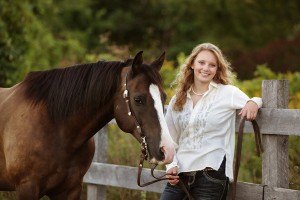Since the closure of the United States horse slaughter plants in 2007, the amount of horses that get abandoned has increased.
There are many reasons that horses get sent to be slaughtered. Some slaughter companies buy horses at auctions. Some owners send horses to be slaughtered when they are old or ill beyond fixing. And, unfortunately, some send horses to slaughter because they can no longer afford them and or nobody will buy them. While these are all sad situations, they are still reasons that horses get sent to be slaughtered.
Without slaughter plants, where do these horses go?
Its true that some of these horses are the ones who end up on trailers to Canada and Mexico, but this is not always the case. When owners can no longer care for their horses, or pay to heal them, or the horses are old, some owners choose to abandon their horses. Horses are abandoned on federal and private lands, in reserves, on ranches, on Native American reservations, and so much more.
In the article written by D.P. Leadon, previously mentioned in the post “Fixing the flaws”, he also discusses the relationship between the recent recession in Europe and the abandonment of horses. He has discovered that the number of abandoned horses has increased since the recession in Europe, a connection that is repeated in the United States since the closure of slaughter plants. This increase in horse abandonment is a cry for the reopening of slaughter plants.
In another article, written by Joyce Jacobson, John Holland, and Darrell R. Charlton Jr. and published on June 18, 2008 through the Animal Law Coalition, the correlation between horse abuse and the closure of horse slaughter plants in the U.S. is investigated. These researchers found that after the closure of American plants, abuse and neglect of horses increased. They explain that this correlation could also be related to the recession and rising hay prices, but it is difficult to pinpoint the cause. The fact that there has been an increase in abuse, neglect, and abandonment since the closure of United States horse slaughter plants cannot be ignored.
While this may not seem as that big of a deal, the abandonment of horses causes many issues. They degrade lands that don’t belong to them. They cause issues with ranchers, farmers, and hunters who claim that horses ruin their crops and forage. And it is downright unfair to the owners of the land that these horses are abandoned on. Not to mention the fact that a fair portion of these horses are used to being cared for by humans and most likely don’t know how to survive in the wild.
If horse slaughter plants in the United States were to be reopened, which they should, this would give people who cannot care for their horses somewhere to take them, instead of dumping them on someone else’s land.




